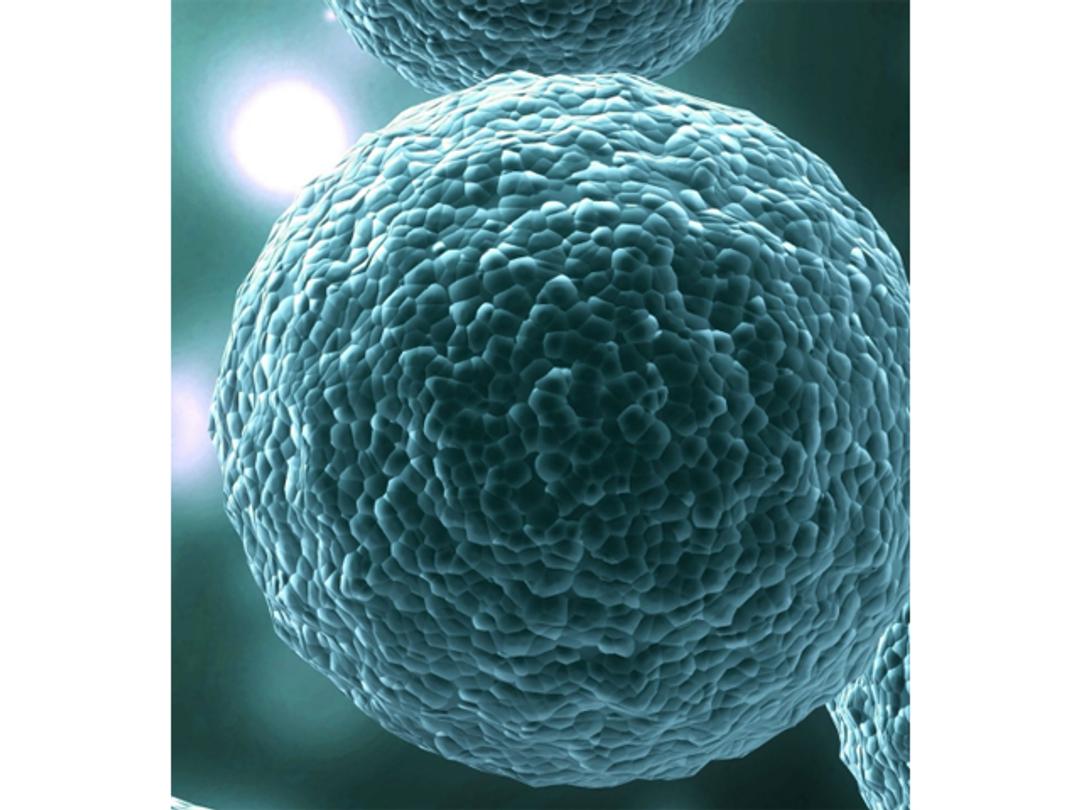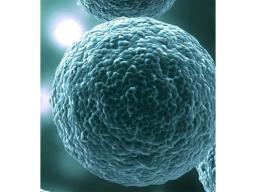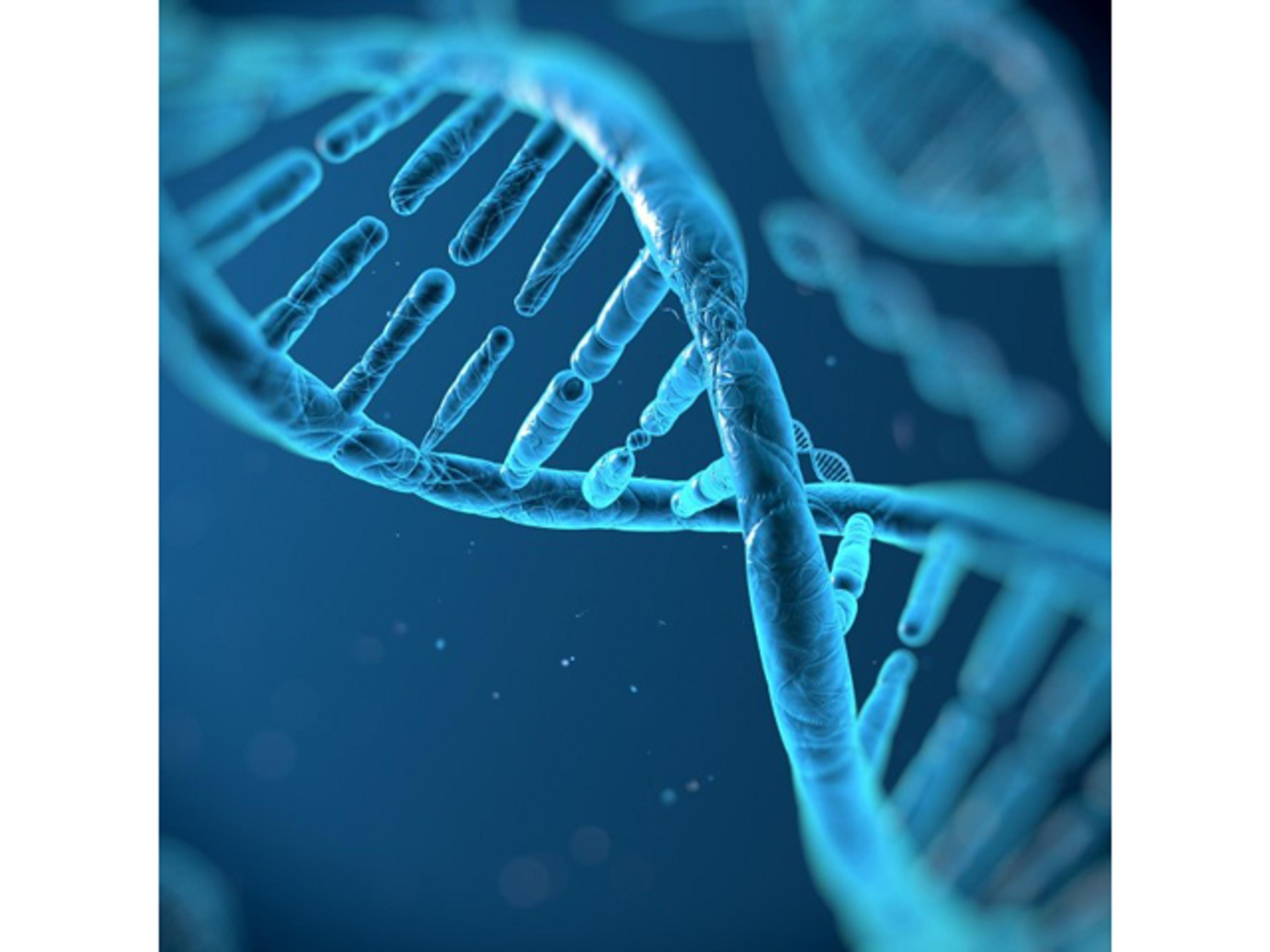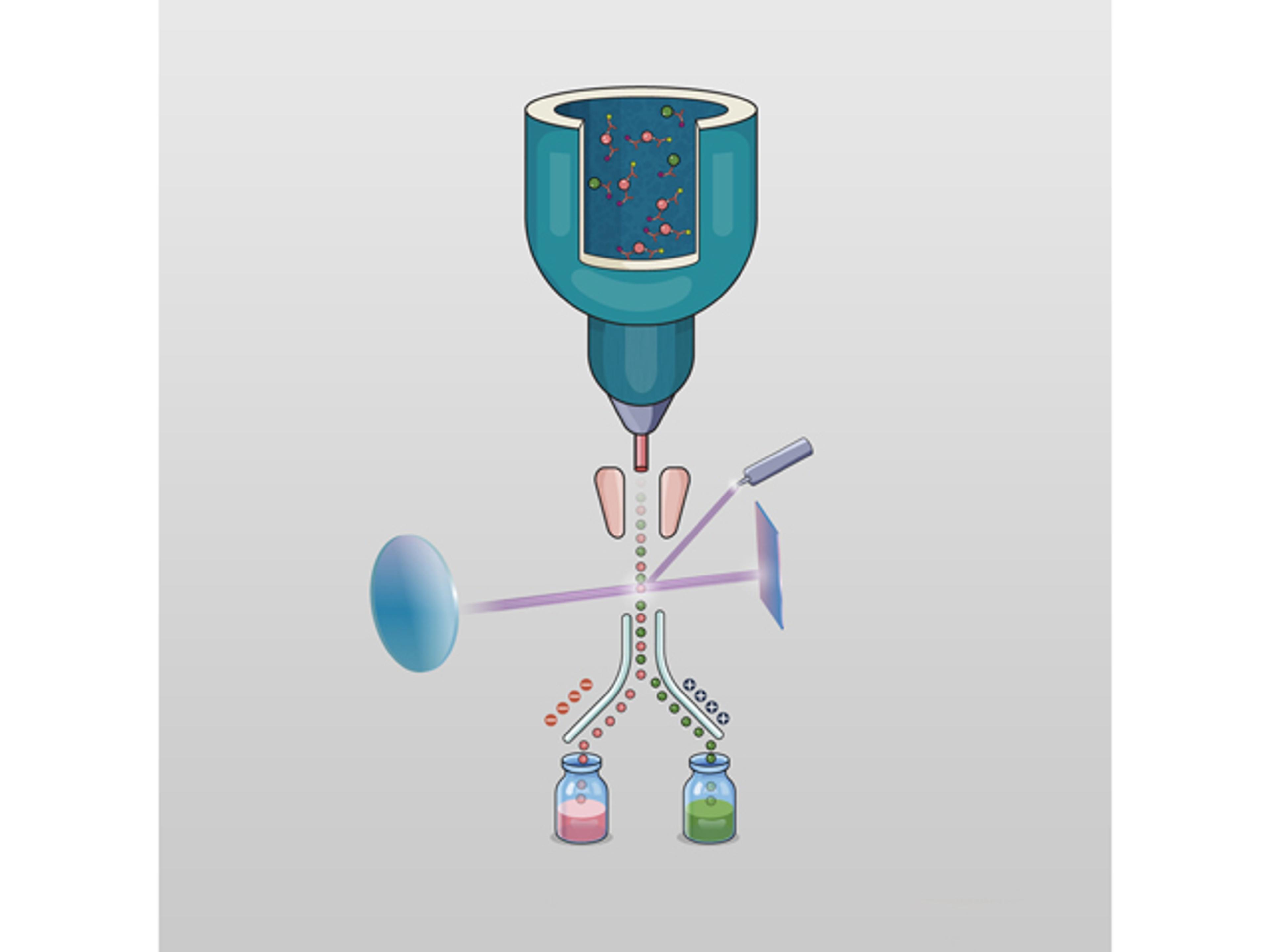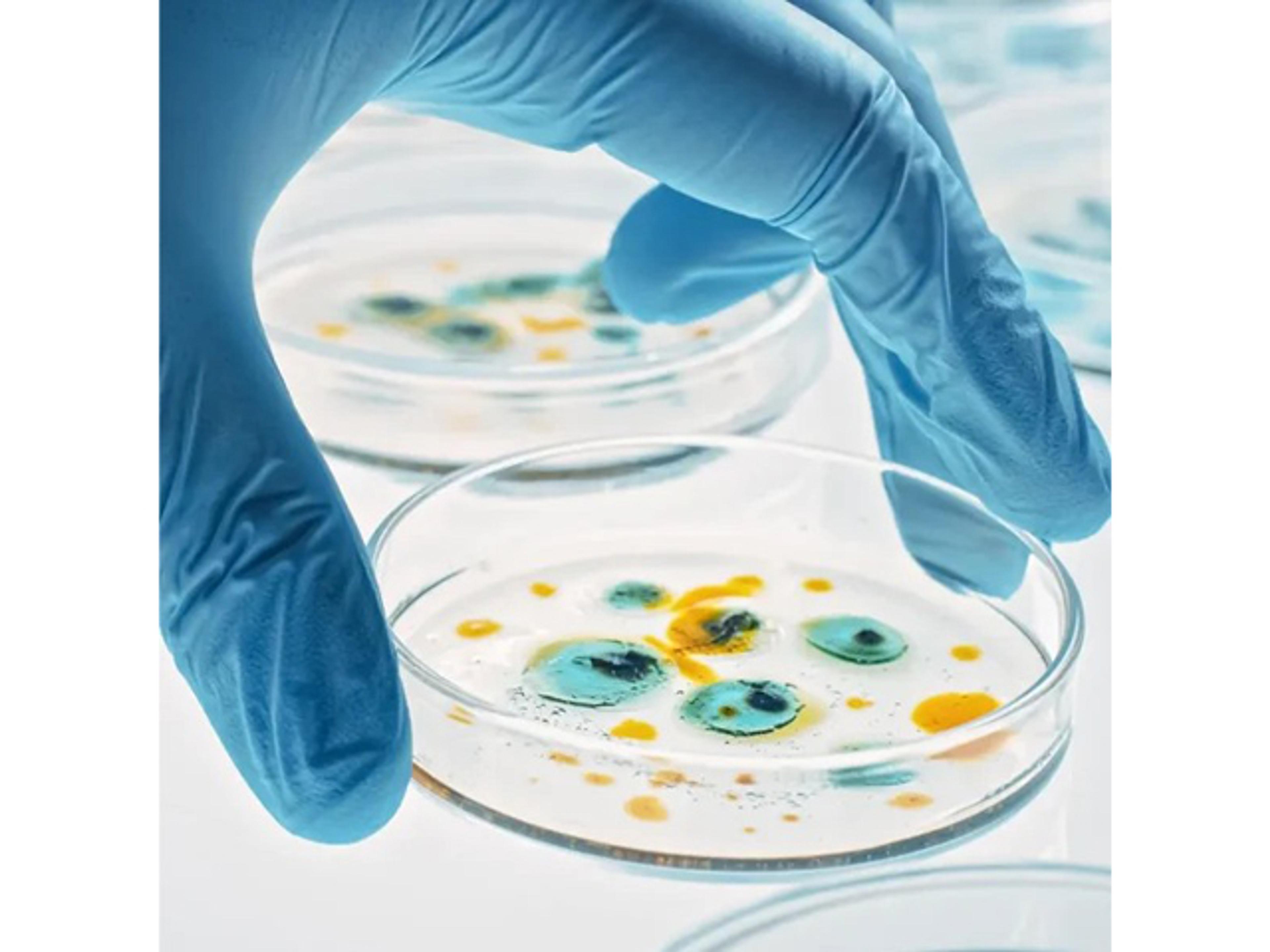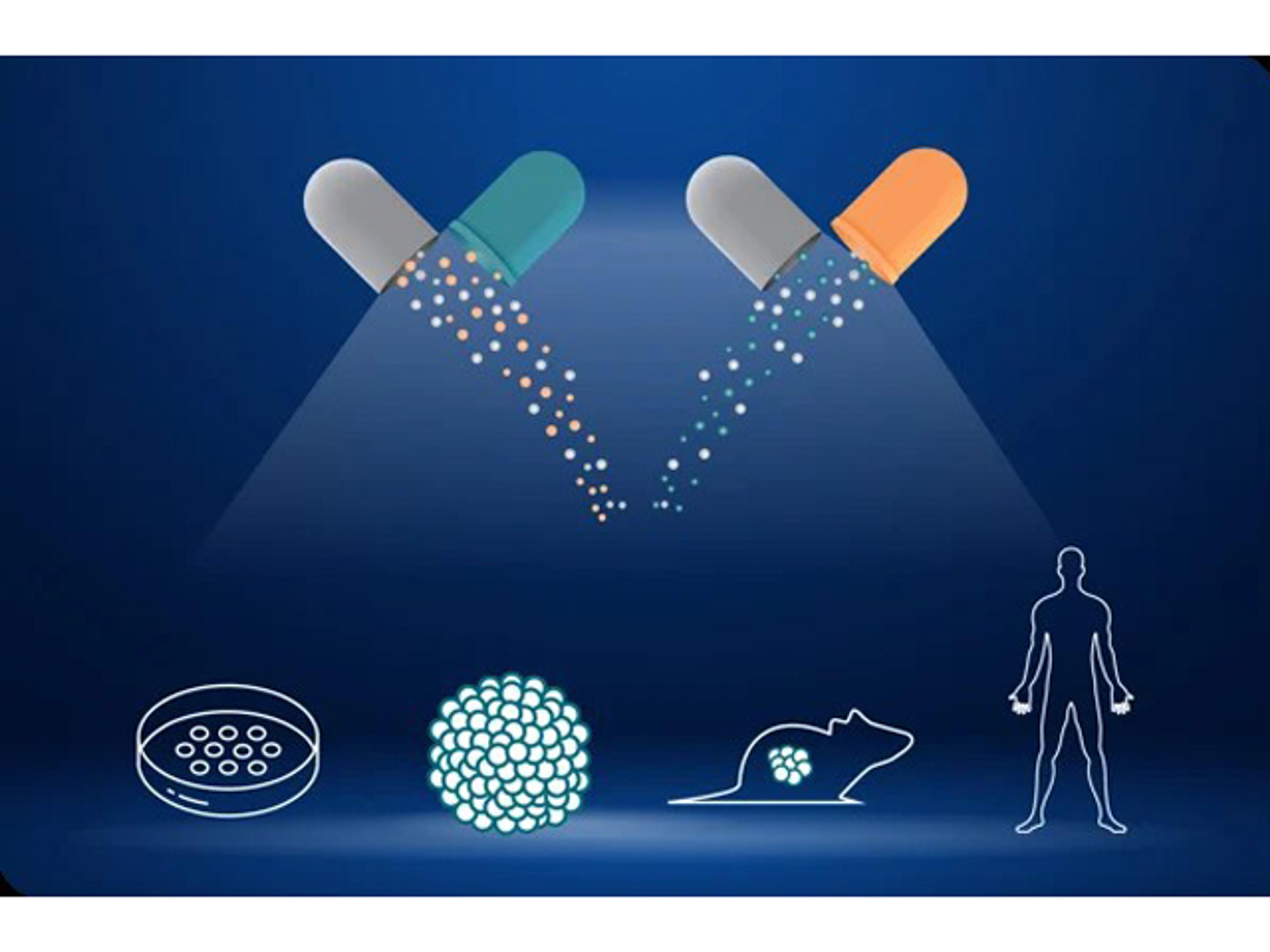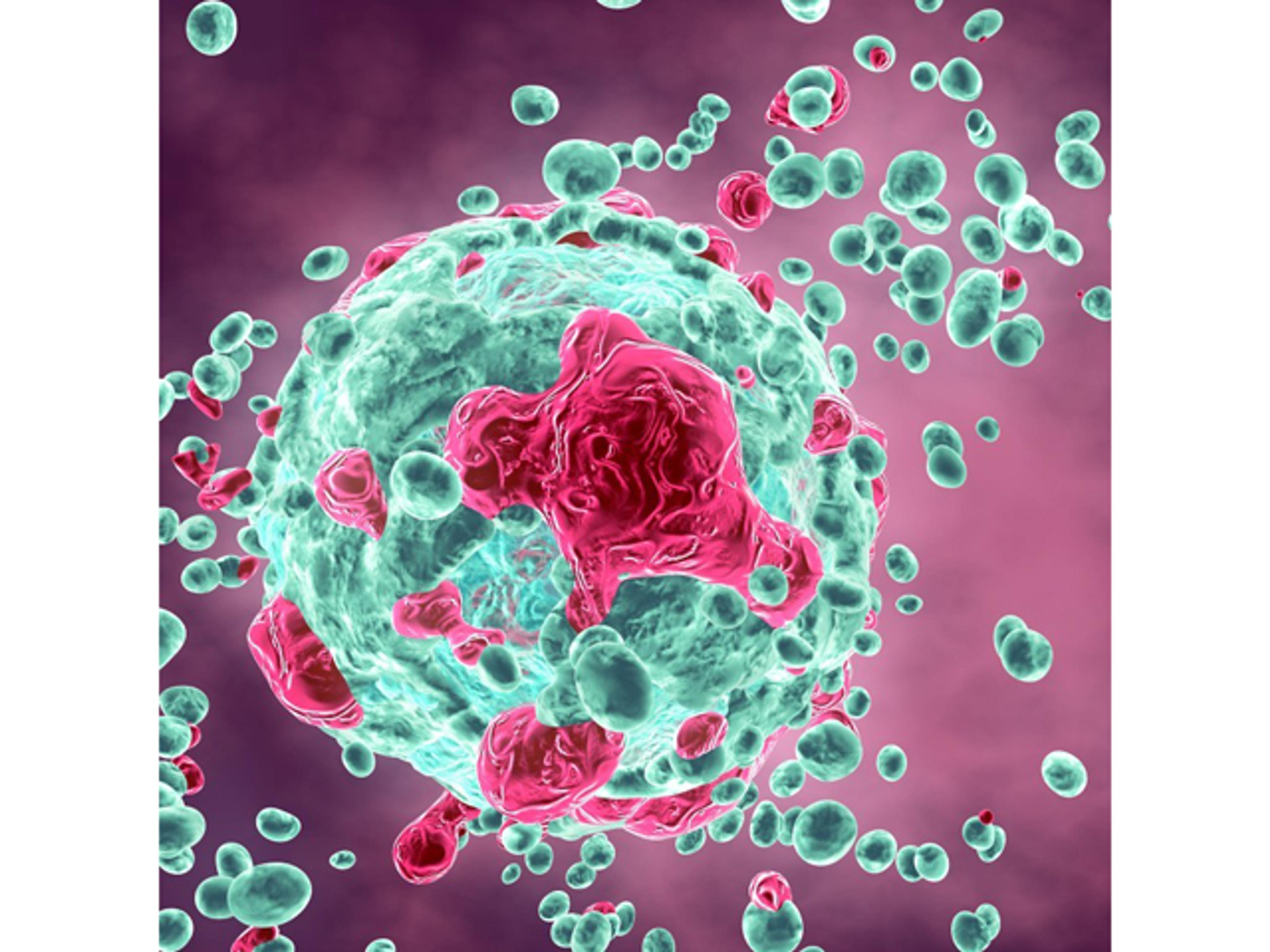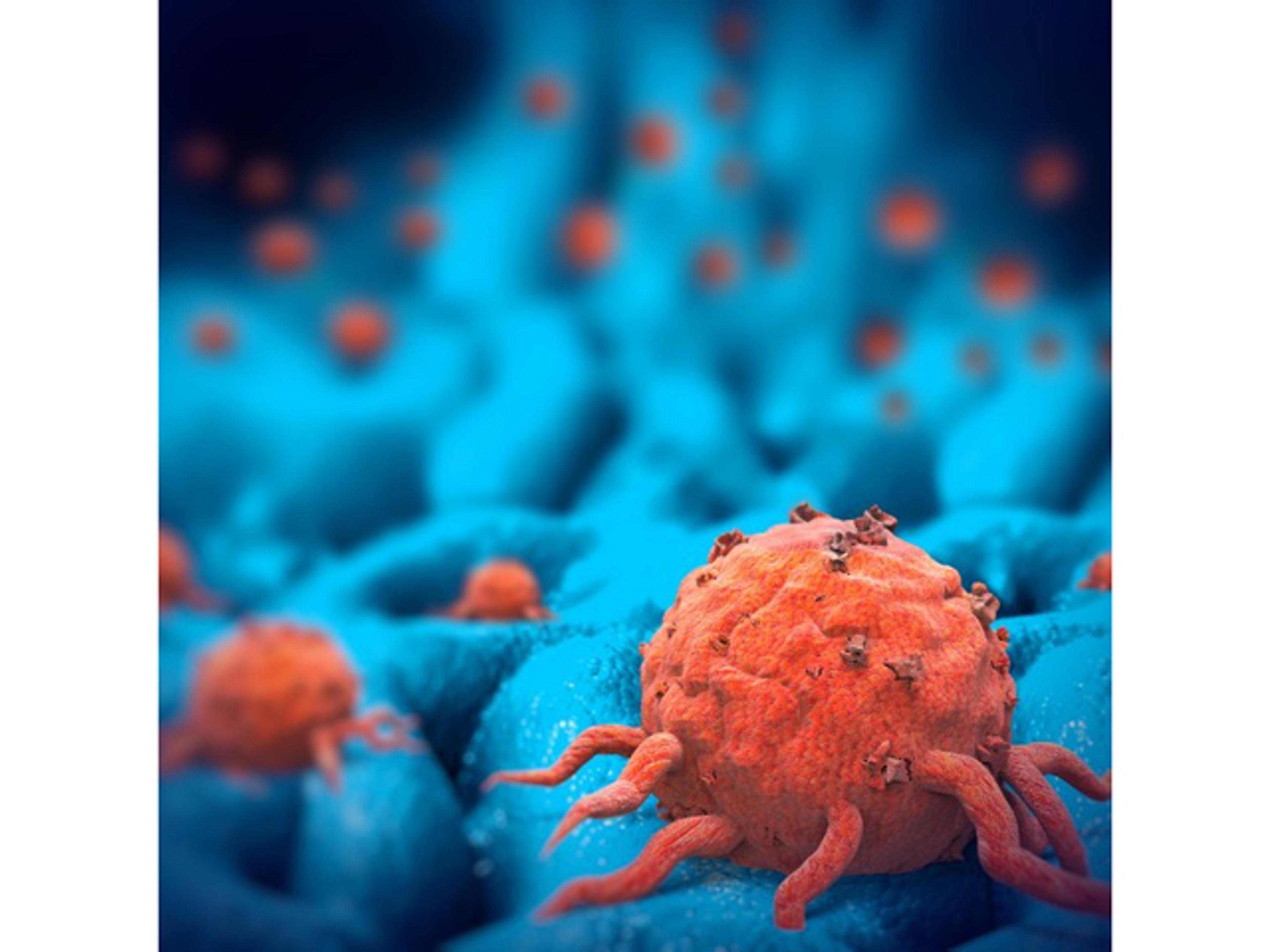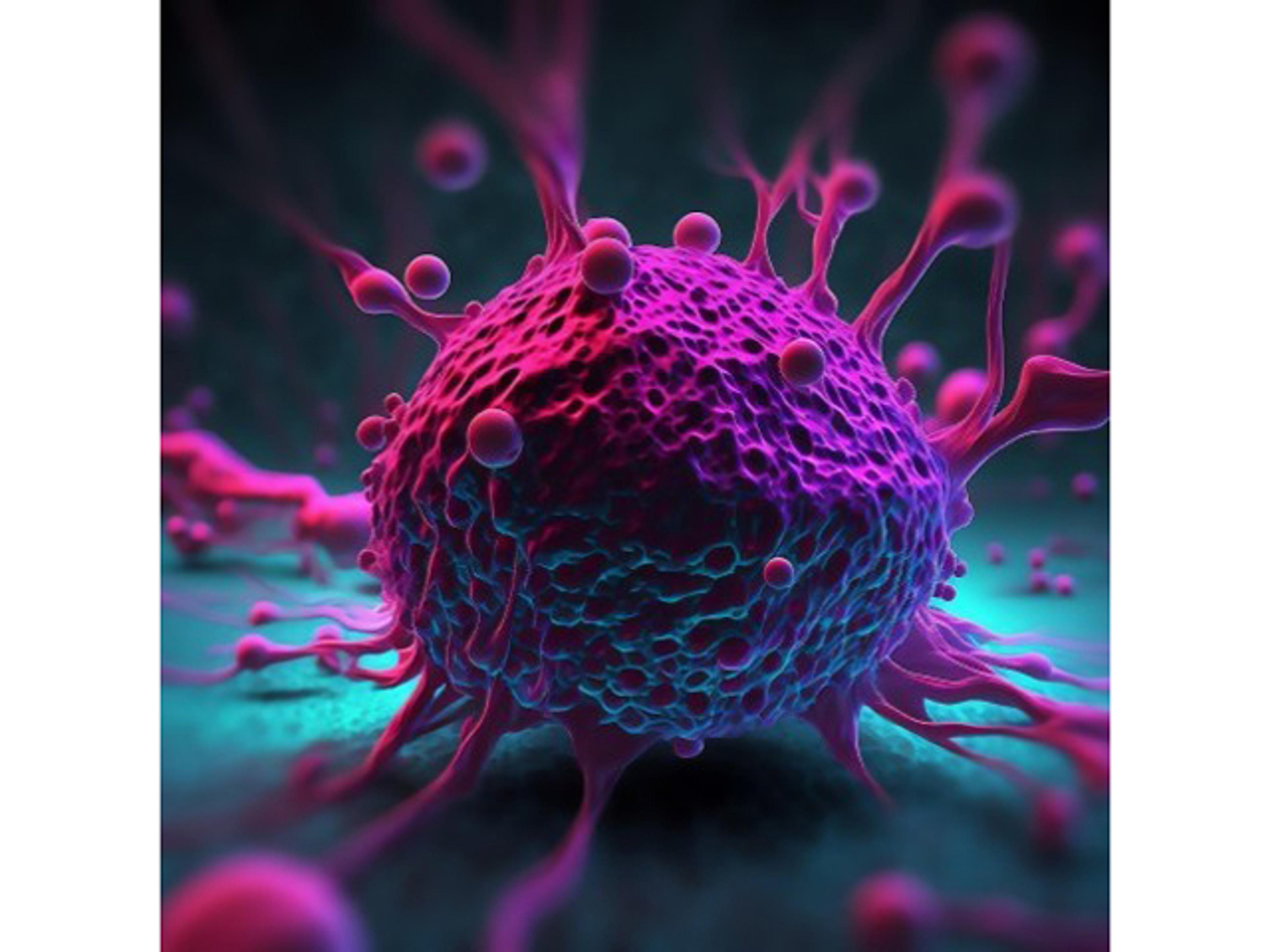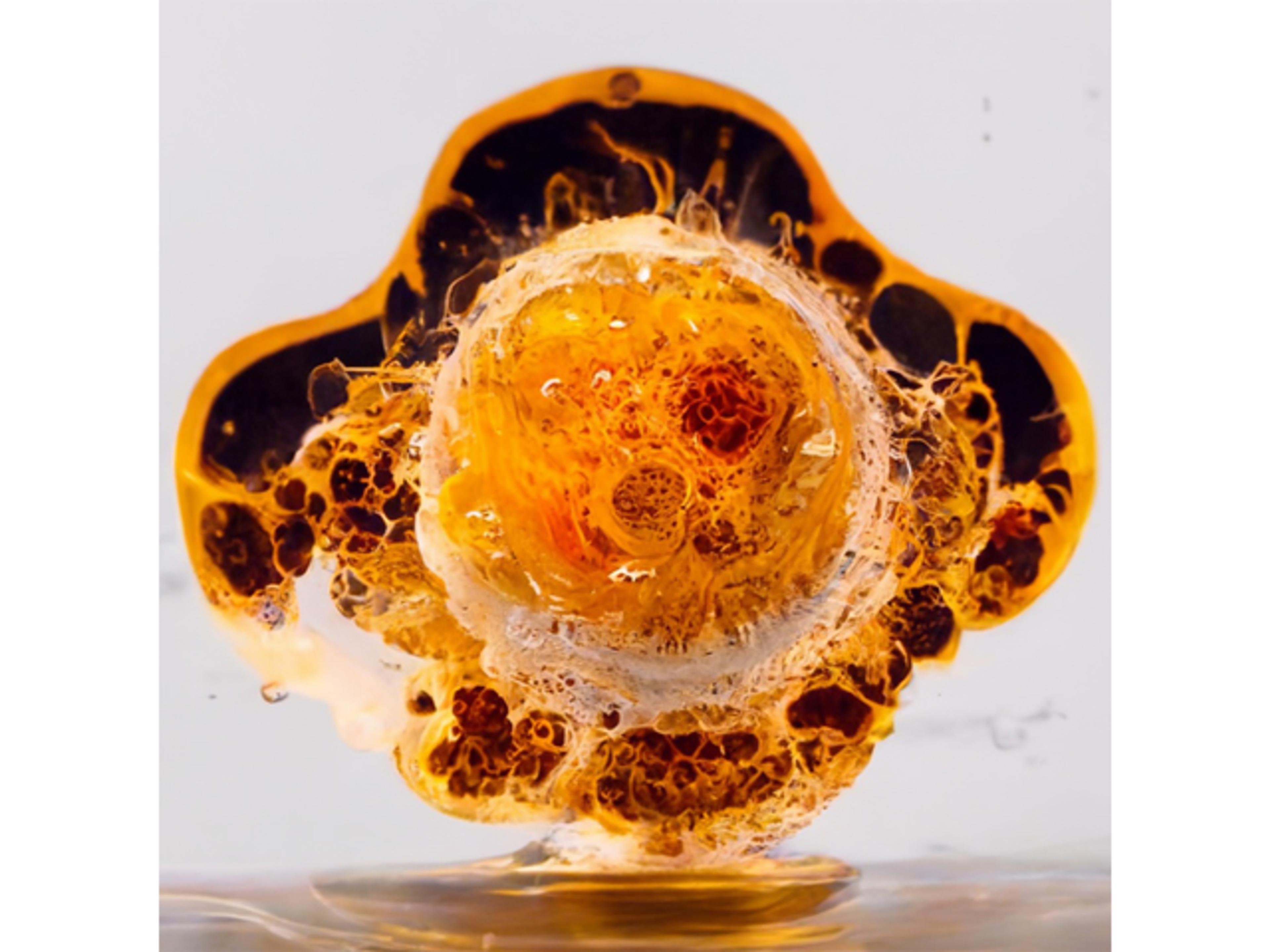Cell Line-Derived Xenograft Models
Cell Line-Derived Xenograft Models, Established multiple in vivo assay systems to evaluate novel anticancer compounds, with each assay specifically designed to understand a drug's mechanism of action, or an individual agent property.
Features and Purpose: Working with Crown Bioscience gives you access to our unique online database of well-characterized cell lines and CDX models, which includes standard of care and RNA-seq data to enable simple and rapid model selection. Our collection hosts over 200 validated and well-characterized CDX models covering subcutaneous, orthotopic, and systemic models. The collection includes 25 cancer types, including metastasis models (spontaneous and experimental) covering major cancer types such as: Breast, colon, liver, lung, melanoma, ovarian, pancreatic and prostate.
Features or Benefits:
- Access to XenoBase®: a searchable database with CDX models, RNA-seq data, and standard-of-care references.
- PrimeXeno™ models: derived from PDX models, harboring novel therapeutic target mutations (ALK, FGFR2, FLT3, RSPO3).
- Validated CDX collection: 200+ models across 25 cancer types including metastasis, orthotopic, and systemic models.
- Bioluminescent imaging models: subcutaneous, orthotopic, and metastatic options.
- Ultrasound imaging models: 2D/3D high-frequency imaging without bioluminescent tagging.
- Engineered in vivo models: e.g., BaF3-EML4-ALK-WT/L1196M, BaF3-BCR-ABL-T315I.
- CRISPR capabilities: create stable knockouts/knock-ins to study resistance mechanisms.
- Downstream capabilities: including RNA-Seq, WES, PK/PD, and target validation.
Applications:
- Preclinical drug efficacy testing: including first-generation EGFR-TKI-resistant models (e.g., HCC827-ER1, HCC827-GR1).
- Mechanism of action studies: via multiple in vivo assay systems.
- In vivo imaging: using bioluminescent and ultrasound models for disease tracking.
- Resistance modeling: e.g., drug-resistant cell lines for KRASG12C inhibitor studies.
- Custom xenograft generation: from client-derived mutated or novel cell lines.
- Selectivity testing: with dual xenograft models.
- CRISPR-engineered models: to replicate clinical resistance scenarios.

